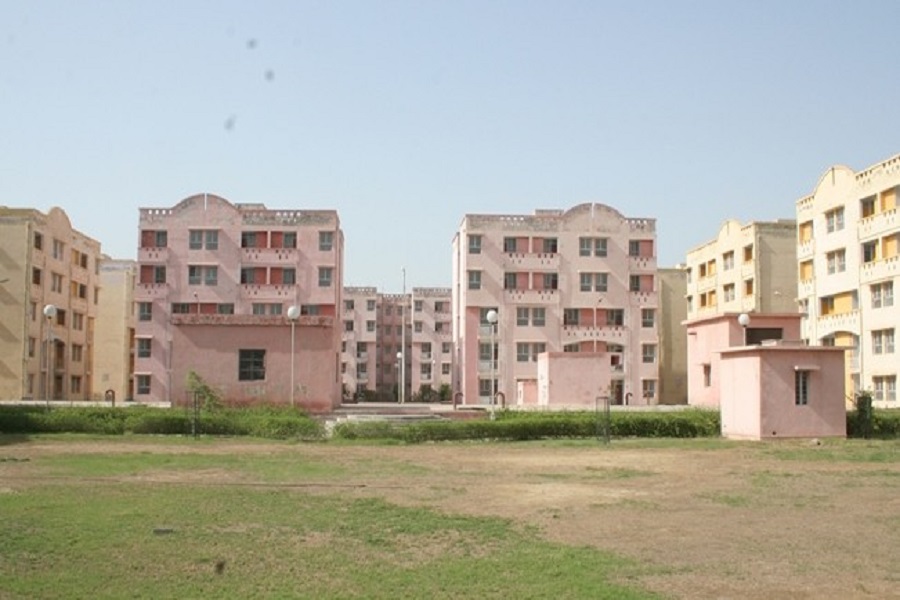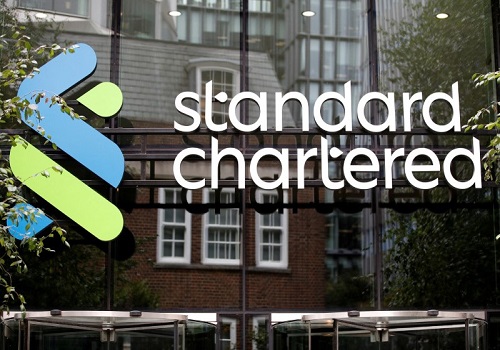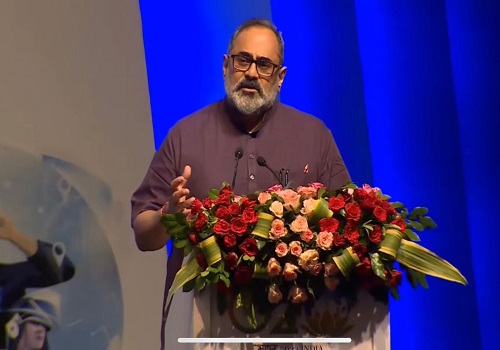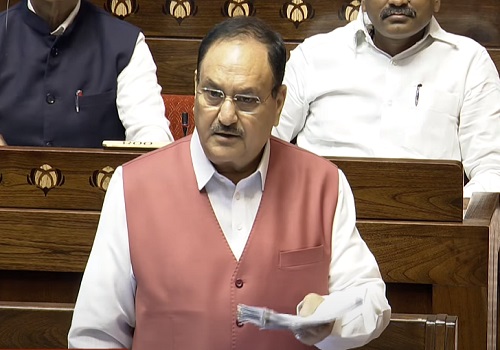NITI Aayog`s housing initiative for industrial workers to boost manufacturing workforce: ICEA

A secure, affordable, flexible and efficient accommodations for industrial workers is a pivotal initiative by NITI Aayog, aligned with the current and future needs of the domestic manufacturing sector, the India Cellular and Electronics Association (ICEA) said on Saturday.
NITI Aayog has released a comprehensive report on the crucial role of secure, affordable, flexible, and efficient (S.A.F.E.) accommodations for industrial workers in boosting India’s manufacturing sector.
The report addresses critical challenges that impact workforce stability, productivity, and inclusivity, which are essential for driving India’s aspirations as a global manufacturing hub.
“This comprehensive framework by NITI Aayog lays out actionable solutions to long-standing challenges, such as inadequate housing near industrial zones, which have often resulted in workforce attrition, instability, and lower productivity,” said Pankaj Mohindroo, Chairman, ICEA.
Furthermore, the report’s emphasis on gender-inclusive recommendations mark a significant step toward encouraging more women to participate in the manufacturing workforce, an area where the electronics sector stands to benefit immensely, he added.
The country is poised to elevate its manufacturing sector’s contribution to GDP from the current 17 per cent to 25 per cent as part of its long-term vision of achieving Viksit Bharat by 2047.
Some of the critical regulatory and financial reforms proposed in the report include promoting mixed-use developments in industrial areas to reduce commute times and improve worker accessibility and encouraging collaboration between the government and private players with Viability Gap Funding (VGF) support, which can address financial bottlenecks and accelerate project development.
It also proposes reclassifying worker accommodations under residential categories to enable lower taxes, utility rates, and GST exemptions, thereby making such projects more viable for private developers.
“By addressing issues like restrictive zoning laws, high operating costs, and inadequate housing capacity, this report provides a roadmap to eliminate barriers that have historically limited industrial growth,” said Mohindroo.
























